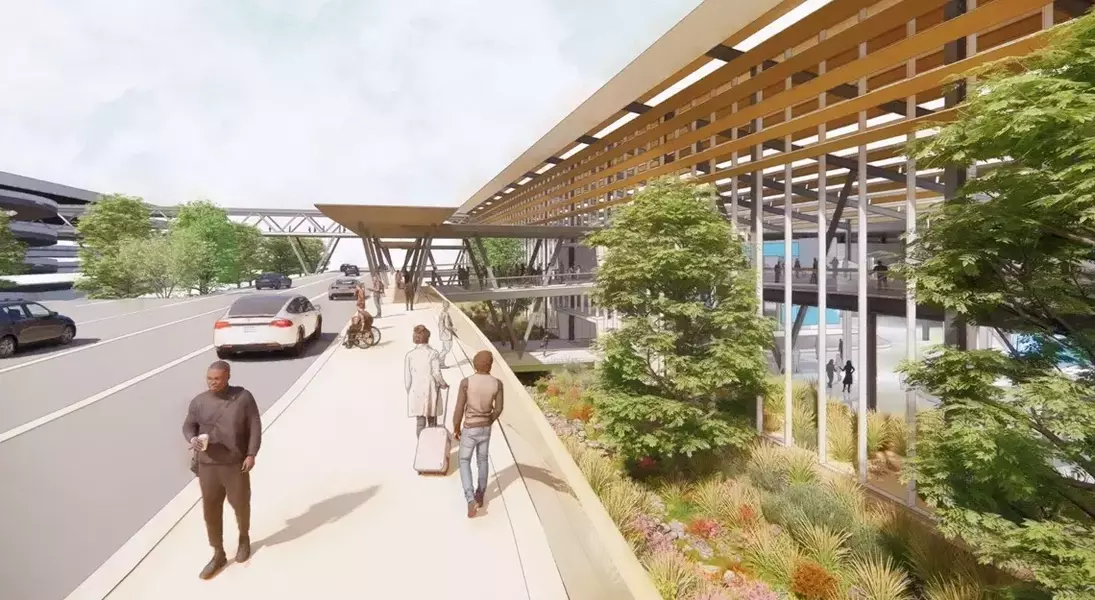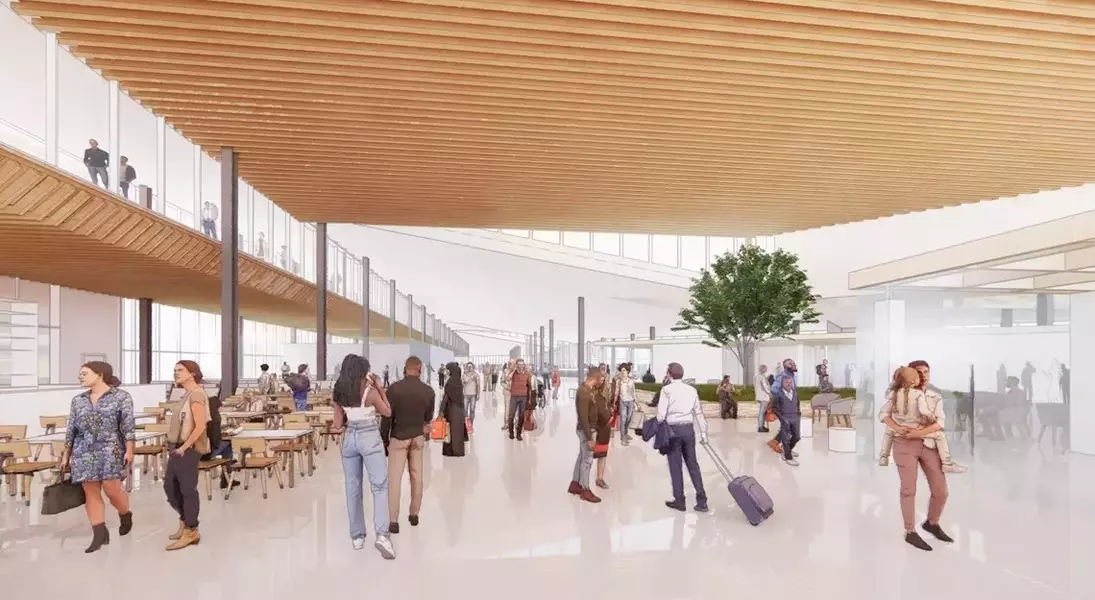



Anticipated Benefits and Impacts
The construction of Terminal C is expected to bring about significant changes. It will add approximately 832,000 square feet of space, more than the combined area of existing Terminals A and B. Conceptual renderings released in February 2023 showcased an outdoor courtyard area for flyers to enjoy after passing through security. Additionally, there will be increased space in club lounges and hold rooms. Aviation officials have estimated that this construction will create around 6,000 jobs, providing a boost to the local economy. The hope is that Terminal C will be open by 2028, along with a new ground transportation center and parking garage, further enhancing the airport's facilities and services.However, the construction has not been without its challenges. Southwest Airlines, which carries more travelers than any other U.S. airline, has filed a lawsuit against the City of San Antonio. The airline alleges discrimination when it comes to gate assignments in Terminal C. Southwest was promised that all or most of its 10 gates at SAT would move to Terminal C, but instead, it claims to have been subjected to an "unlawful bait and switch" and is now uncertain about its future at the airport. A hearing on preliminary injunction is scheduled to begin on December 16, adding to the legal drama surrounding the project.
Planning and Decision-Making
The process of planning for the new terminal dates back to 2018. The city faced a crucial decision between expanding the current facility or moving to a new location. After careful consideration, they chose to stay and build out the existing footprint, which proved to be the more economical option. This decision set the stage for the construction that is now underway. The airport's management has been working diligently to ensure that the construction progresses smoothly and that the future growth of the airport is well-planned and executed.As the construction moves forward, it is clear that it will have a profound impact on the city and the airline industry. San Antonio is poised to become a more significant aviation hub, with enhanced facilities and services. Southwest Airlines, on the other hand, is fighting to secure its place at the airport and ensure the continued growth of its operations. The outcome of this legal battle will shape the future of both the city and the airline.
Impact on Travelers
For travelers, the construction of Terminal C means both opportunities and inconveniences. On one hand, the increased space and improved facilities will enhance the overall travel experience. Flyers will have access to a larger outdoor courtyard area, more comfortable club lounges, and larger hold rooms. This will provide a more pleasant environment during layovers and waiting times.On the other hand, the ongoing legal battle and construction may cause some disruptions. Travelers may experience longer wait times at TSA lines or delays in gate assignments. It is important for the airport and the airlines to communicate effectively with travelers and provide them with timely updates on the progress of the construction and any potential impacts on their flights. By doing so, they can help minimize the inconvenience caused by the construction and ensure a smooth travel experience for everyone.
